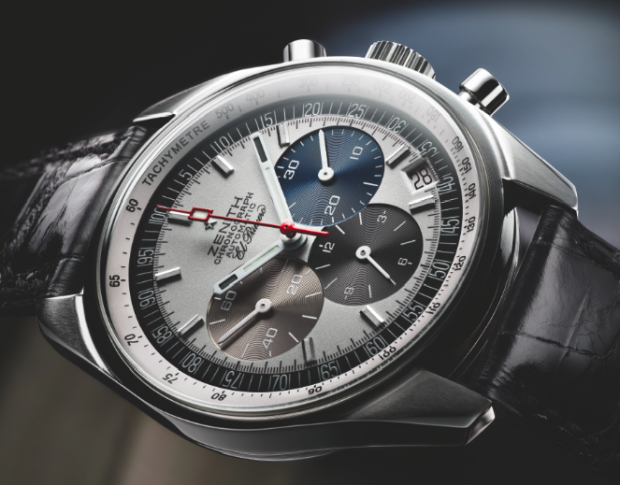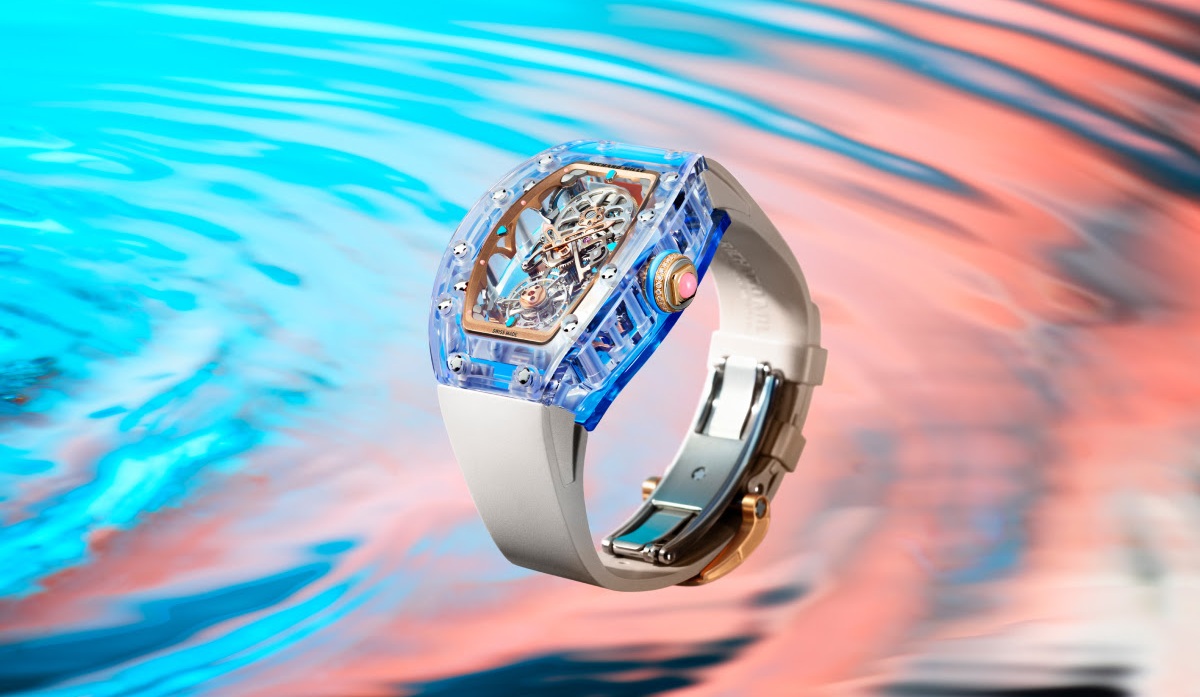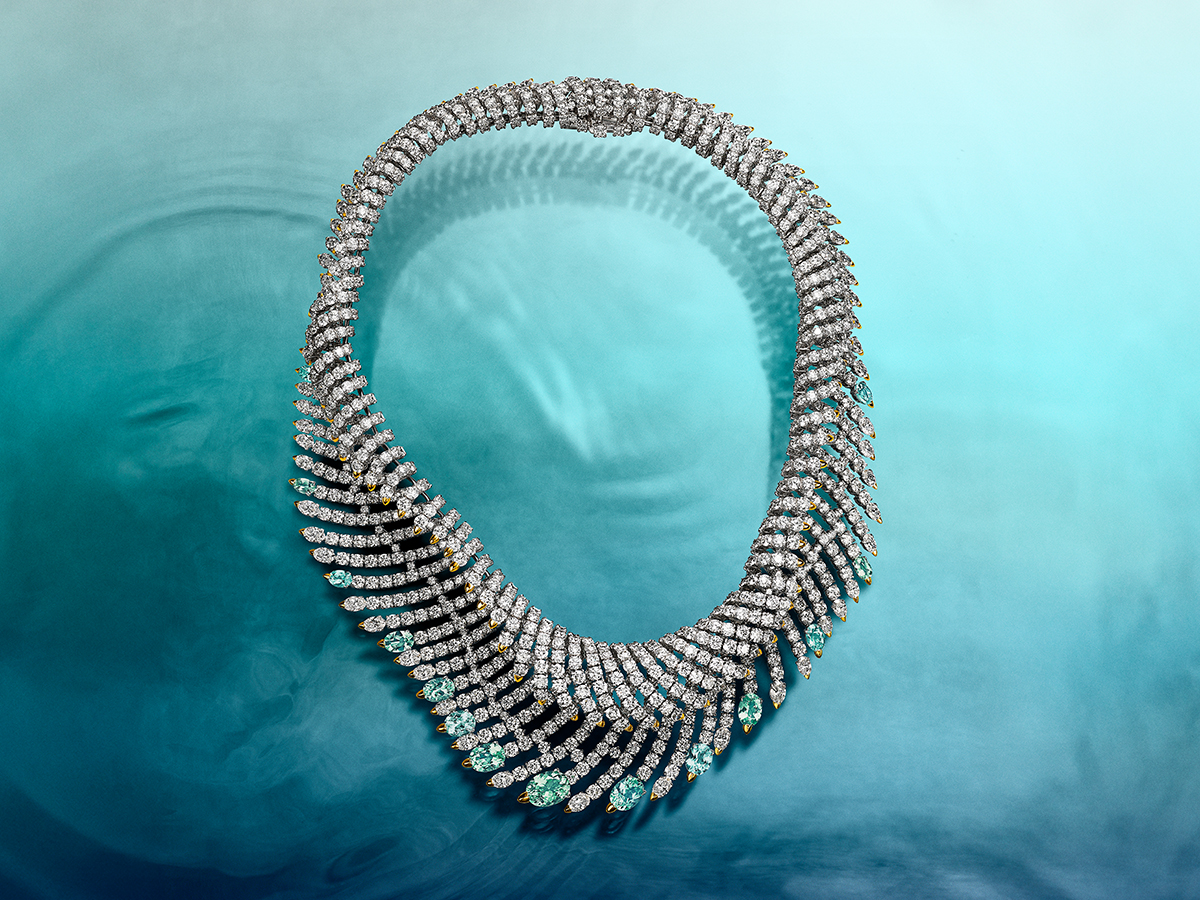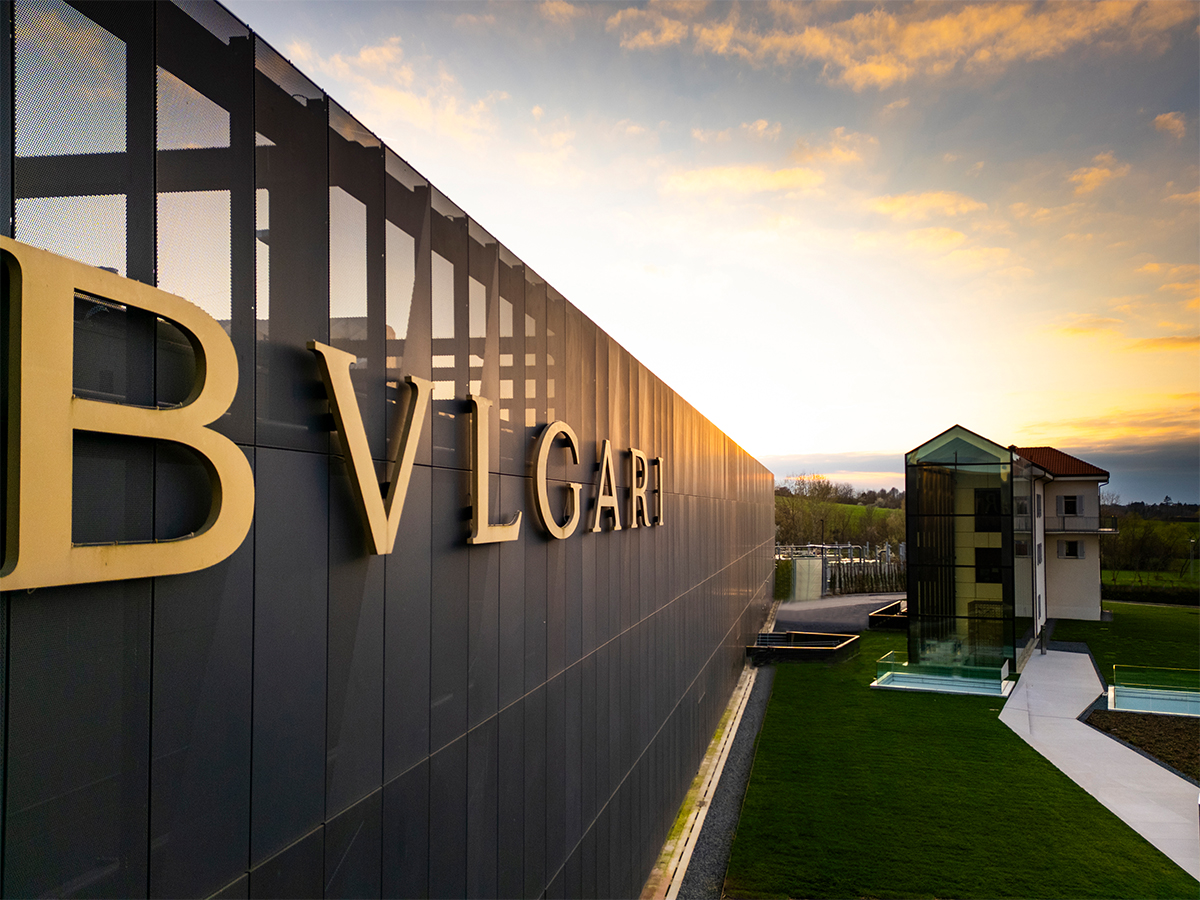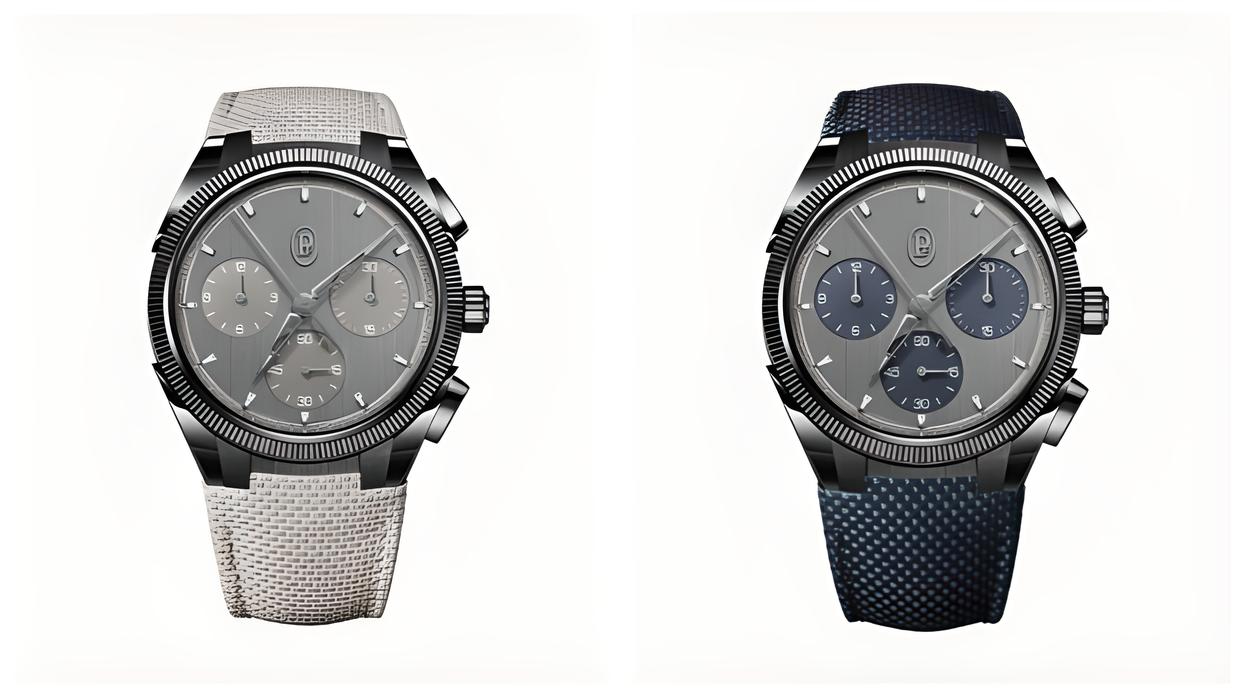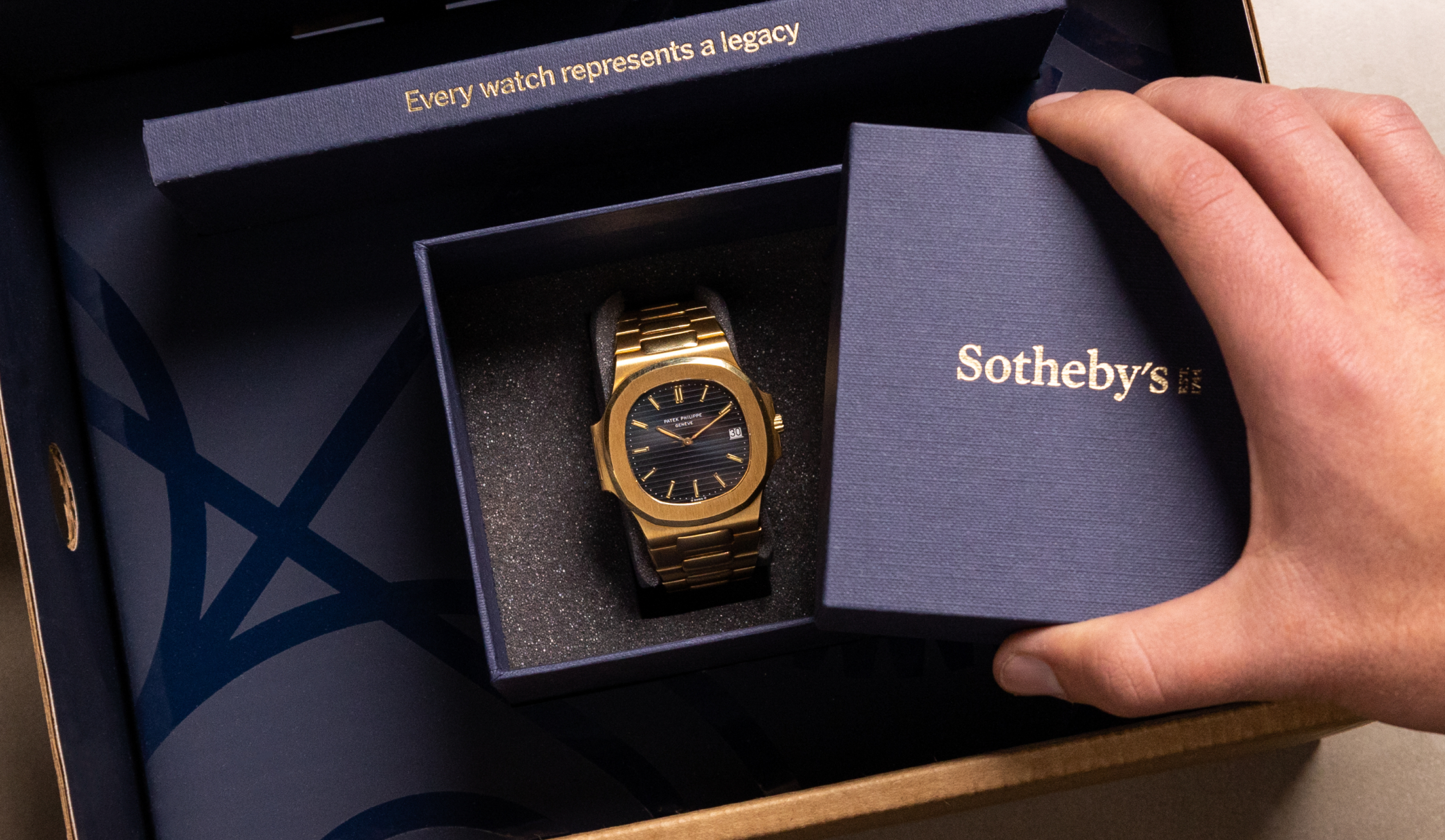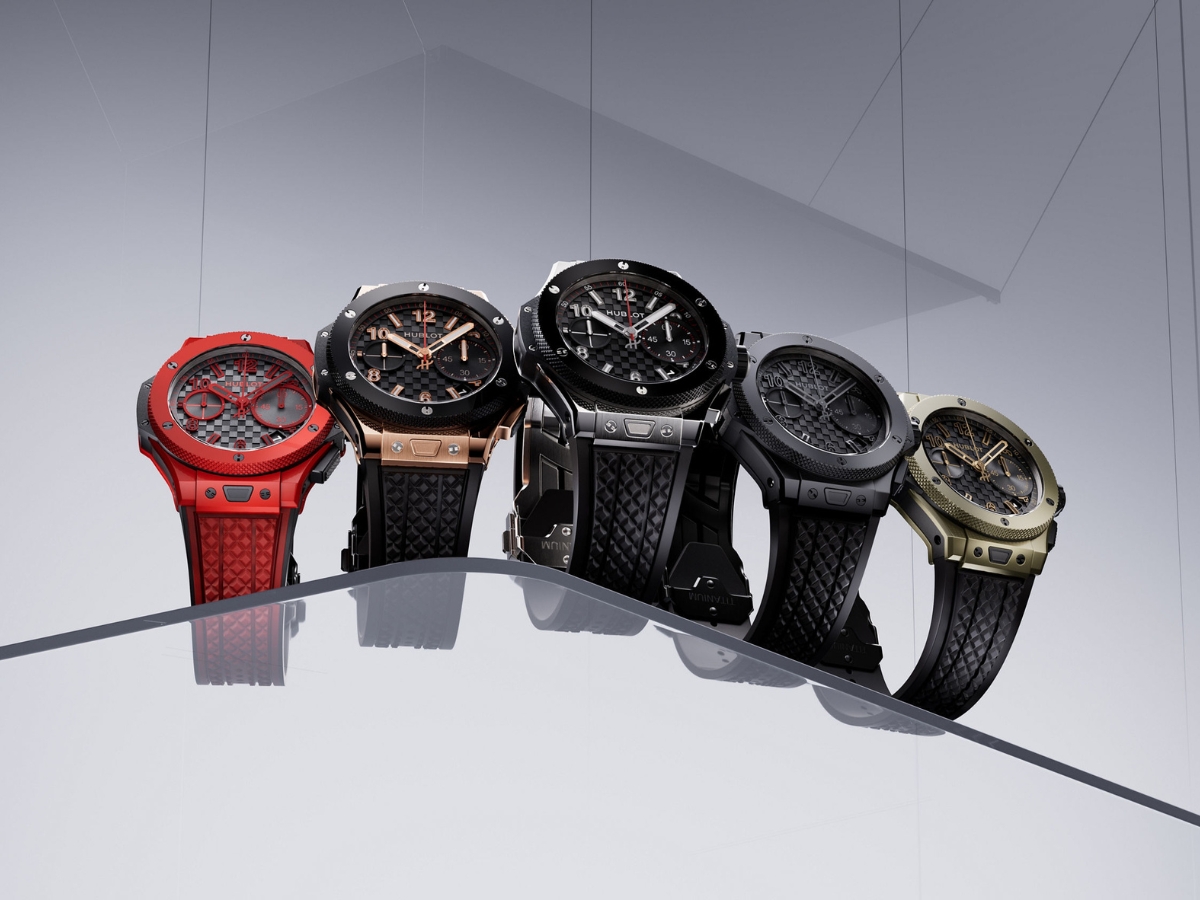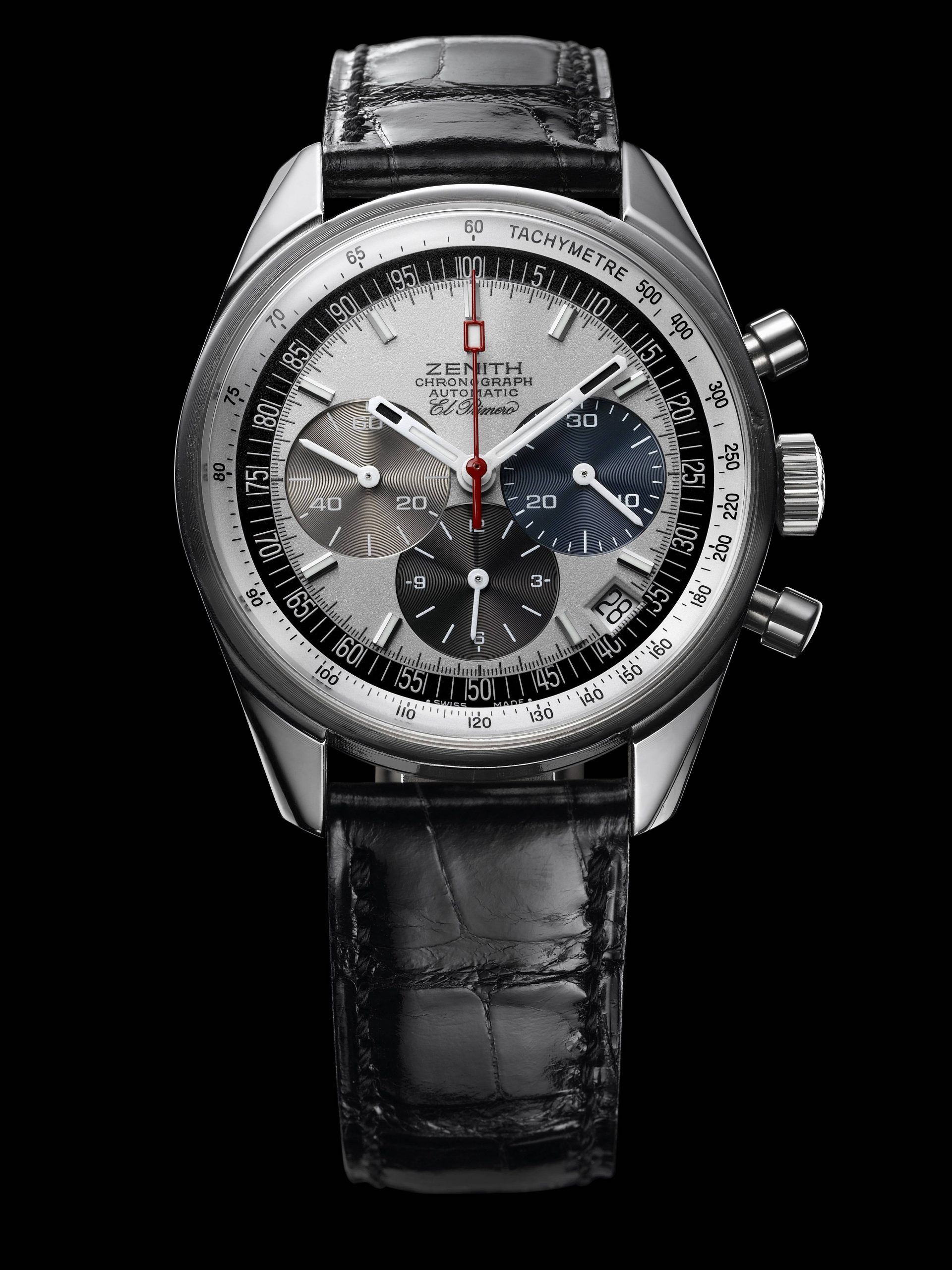
Throwback Thursday: Zenith El Primero Sets the Bar on High Frequency

The El Primero is actually a movement rather than a particular model. In 1969, in the race to create the first automatic chronograph, only Zenith succeeded in designing a fully integrated movement, based around a column wheel. Noted for its high-frequency oscillations (and therefore greater accuracy), the 36,000 VPH mighty El Primero quickly became a highly sought-after industry standard. Its mettle was uniquely tested in 1970 by being strapped to the landing gear of a Boeing 707 on a flight from Paris to New York. Subjected to drastic changes in temperature, pressure and turbulence, it kept perfect time – apart from the timezone difference of course. The movement has been updated over the years – there are 22 caliber variations on the new El Primero, one of the important differences being that the column wheels are now silicium. More current models also open a window on the dial to showcase the movement. The original El Primero model also stood out for its bold, multi-hued dial, featuring three counters in different colors and a red sweep seconds chronograph hand, which by today’s standards seems almost subdued!
 SIGN UP
SIGN UP

